Forget ice – EcoFlow's battery-powered fridge kept burgers and beers cold for 45 hours
The EcoFlow Glacier Classic is a portable fridge/freezer with power to spare

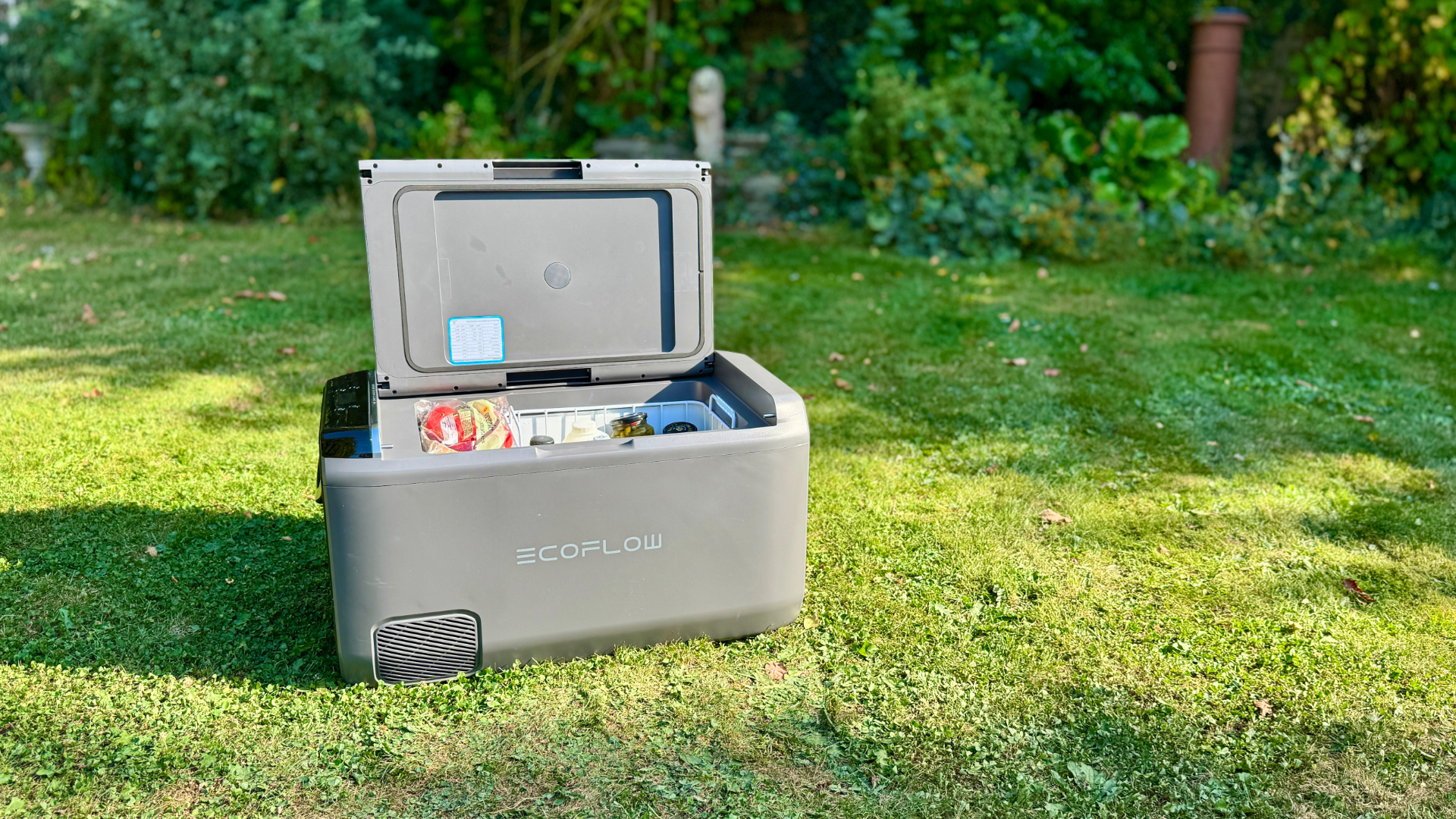
This 35L battery-powered fridge/freezer is a brilliant travel pal for outdoor enthusiasts. Its spacious 35L capacity, durable build, superb lid design, overall portability, app connectivity and ease of use make it ideal for camping, picnics, boating and road trips.
-
+
Excellent 3˚C chilling
-
+
Equally impressive freezing
-
+
Can run off optional internal battery
-
+
Easy to use
-
+
Excellent app
-
-
Heavy to carry
-
-
Perhaps too large for some cars
-
-
Battery not included
Why you can trust T3

Welcome to T3’s review of the Ecoflow Glacier Classic, a new type of mains- and battery-powered cool box for all your outdoor and indoor adventures.
There are a number of best portable cool box solutions on the market, including passive coolers that use just ice to keep the temperature down and powered thermoelectric coolers that keep drinks relatively chilled and food moderately fresh at around 25˚C below ambient temperature.
But for true long-term cooling power in any ambient temperature, you need a bona fide domestic-style compressor fridge/freezer like this brilliant new model from Ecoflow, purveyor of a large variety of justly-celebrated portable power stations.
I used this handsome-looking battery-powered brute on a weekend camping trip and again to keep 35 hamburgers and 50 sausages fresh during a one-day village festival in a 33˚ UK heatwave and it performed like a proverbial trouper.
Want to know more about this cracking contender for icy cool box of the year? Read on, read on.
Ecoflow Glacier Classic review
Price and availability
If you live in the UK, your best bet is to visit the Ecoflow website, where the Glacier Classic retails at £629 with a battery. This combo deal should not be sniffed at because the battery itself costs £299 if bought separately.
We’ve scoured the web for other outlets, including B&Q and Amazon, but don’t believe you'll find a better deal at this moment in time than the one offered by Ecoflow. Likewise, if you live Stateside, head straight to Ecoflow, where this 35-litre model retails for $799 with a battery!
Get all the latest news, reviews, deals and buying guides on gorgeous tech, home and active products from the T3 experts
Specifications
- Capacity: 35L/45L/55L
- Temperature Range: -20°C to 20°C (-4°F - 68°F)
- Chilling period: 43 hours (4°C/39°F)
- Capacity: 50 cans (330 ml)
- Size: 70.6 x 40 x 40.5 cm (27.7 x 15.7 x 15.9 in)
- Weight: 20.5 kg / 45.19 lbs
- Power consumption: 35W to 55W
- Battery Capacity: 298Wh
- Charging (0-100%): 4 hours (wall outlet and car socket)
- Max Solar Power: 110W
- Output from battery: 1x USB-C (100W)
Design and build quality
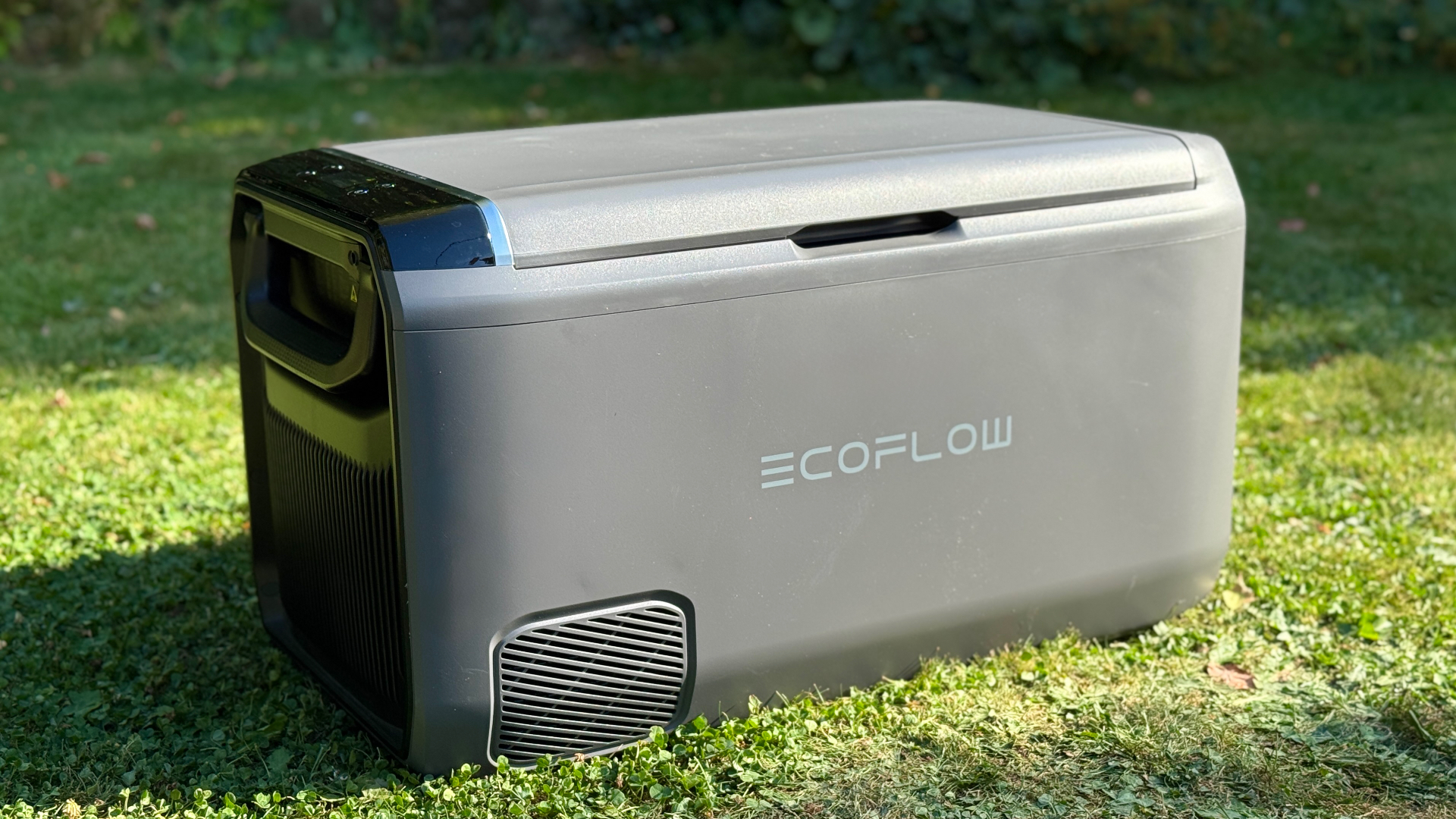
The 35-litre Ecoflow Glacier Classic is one of three variants in the Glacier Classic range and features a single cavity that can be used as a fridge or a freezer. The other two models – 45-litres and 55-litres – have the capacity to divide the interior into a fridge and a freezer, so perhaps opt for one of those if you require two levels of chilling. Just be prepared for these units’ larger dimensions.
I should kick off by saying that even the smaller 35-litre cooler on review here is pretty darn large (70.6cm in width, 40cm in depth and 40.5cm in height), indeed quite a lot bigger than I expected having examined some images in advance. And that could be an issue for weekend campers with a small hatchback who will likely find that they don’t have much room left in the car for the tent and all its attendant paraphernalia.
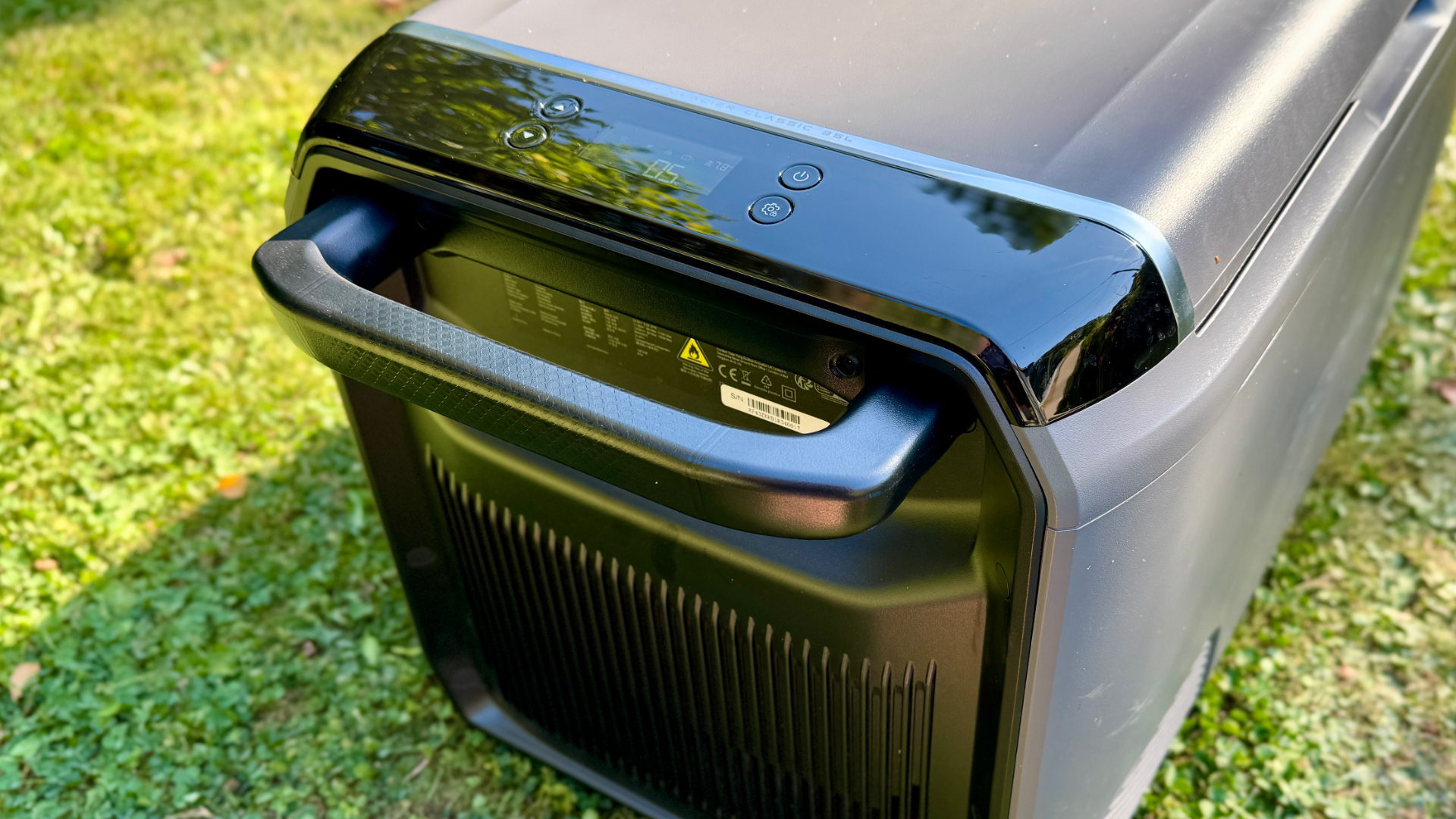
At 20.5kg, the Glacier Classic is also pretty heavy when empty, though. In its favour, it has heavy-duty swing-up handles on either end that make it easily manageable for two to carry when full and very doable when empty for one person to manhandle it over a short distance.
Those are the most inconsequential negatives out of the way, so let’s get down to the exciting meat and two veg. The Ecoflow Glacier Classic is extremely well built with excellent fit and finish throughout. I also love the design of the body, which features rounded edges to prevent injury when someone inevitably stumbles into it in the dark.
The LCD interface, meanwhile, is blended beneath a contoured and very shiny slab of black semi-opaque gorgeousness that encourages the odd stroke with a hand. Yes, it’s that smooth and tactile. Its outer hull, meanwhile, boasts a protection level of IPX4, which signifies resistance against most water splashes.
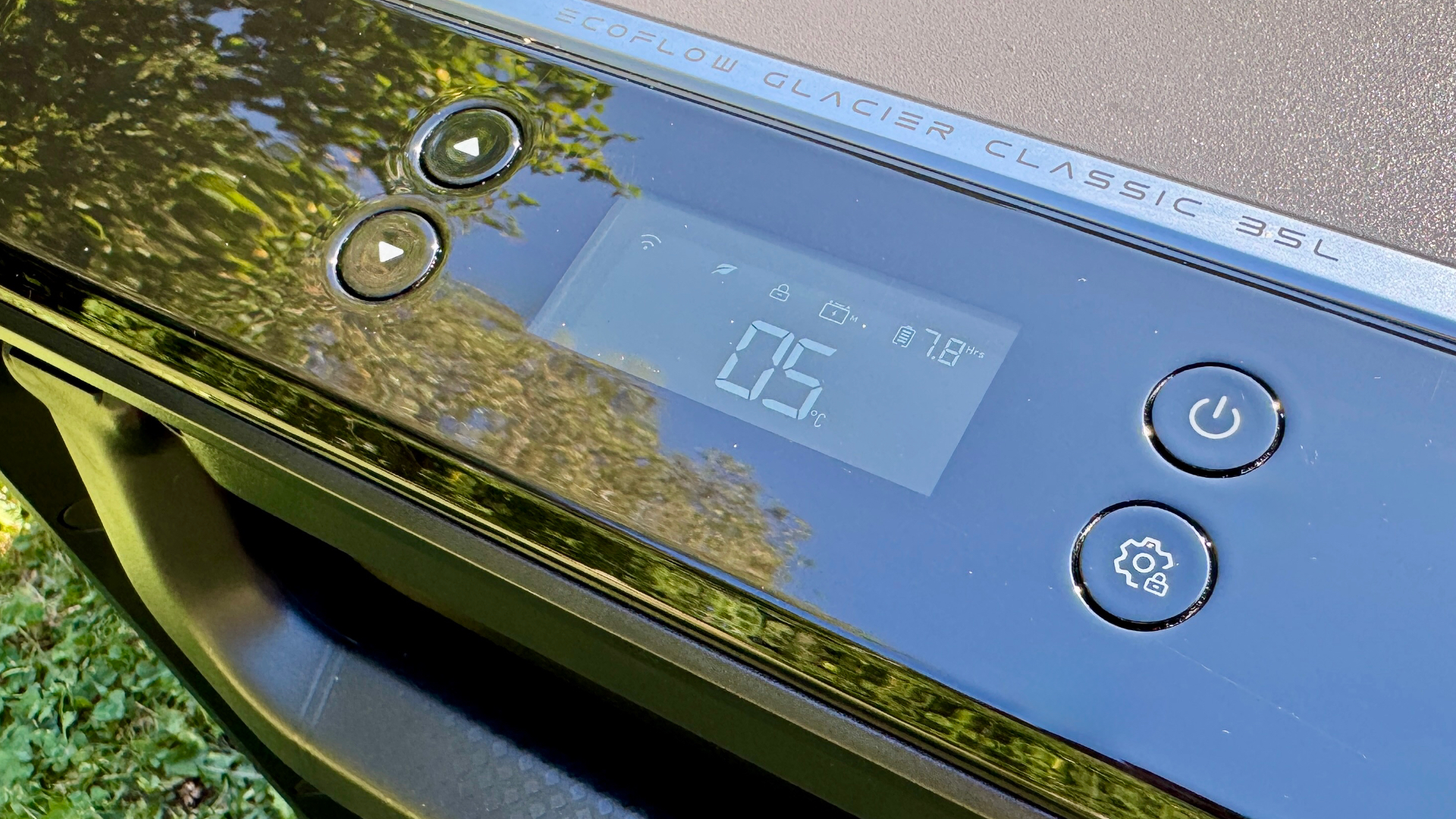
The onboard interface itself is comprised of just four touch-sensitive buttons – on/off, up-and-down temperature controls and an Eco button that reduces the temperature balance a little to save battery power without affecting the temperature of the contents.
This Eco button also serves as a child lock, which I would advise activating, just in case someone accidentally turns the unit off. Along with the onboard functions, this model also functions with an app, and brilliantly at that. But more on that in the App chapter.
Heading inside, this model boasts a full 35 litres of capacity that fits around 50 x 330ml drink cans or roughly 35 beer bottles. Put another way, there’s a ton of space in here for pretty much anything a small family might need for a four-day camping trip – including milk, butter, meats, small veg, etc – and a much longer period away if you keep replenishing the goods from a local store.

The cavity itself comprises a large area to the right with a wire basket that can be removed for easy filling at your indoor fridge. To the left is a raised section just above the compressor, pump and other electronic gubbins below that’s perfect for easy-to-reach small items like butter, jams, olives, etc. You know, the kind of stuff you’d put in the door of your indoor fridge.
Right at the bottom is the all-important draining plug for any excess water or spills that may have occurred while using it. Hint: lay some paper towels on the floor’s interior to help soak up any liquids, and when back at home, simply collect them all up and lob them in the bin. The interior is finished off with a bright LED strip light that illuminates all the contents for easy rummaging in the dark.
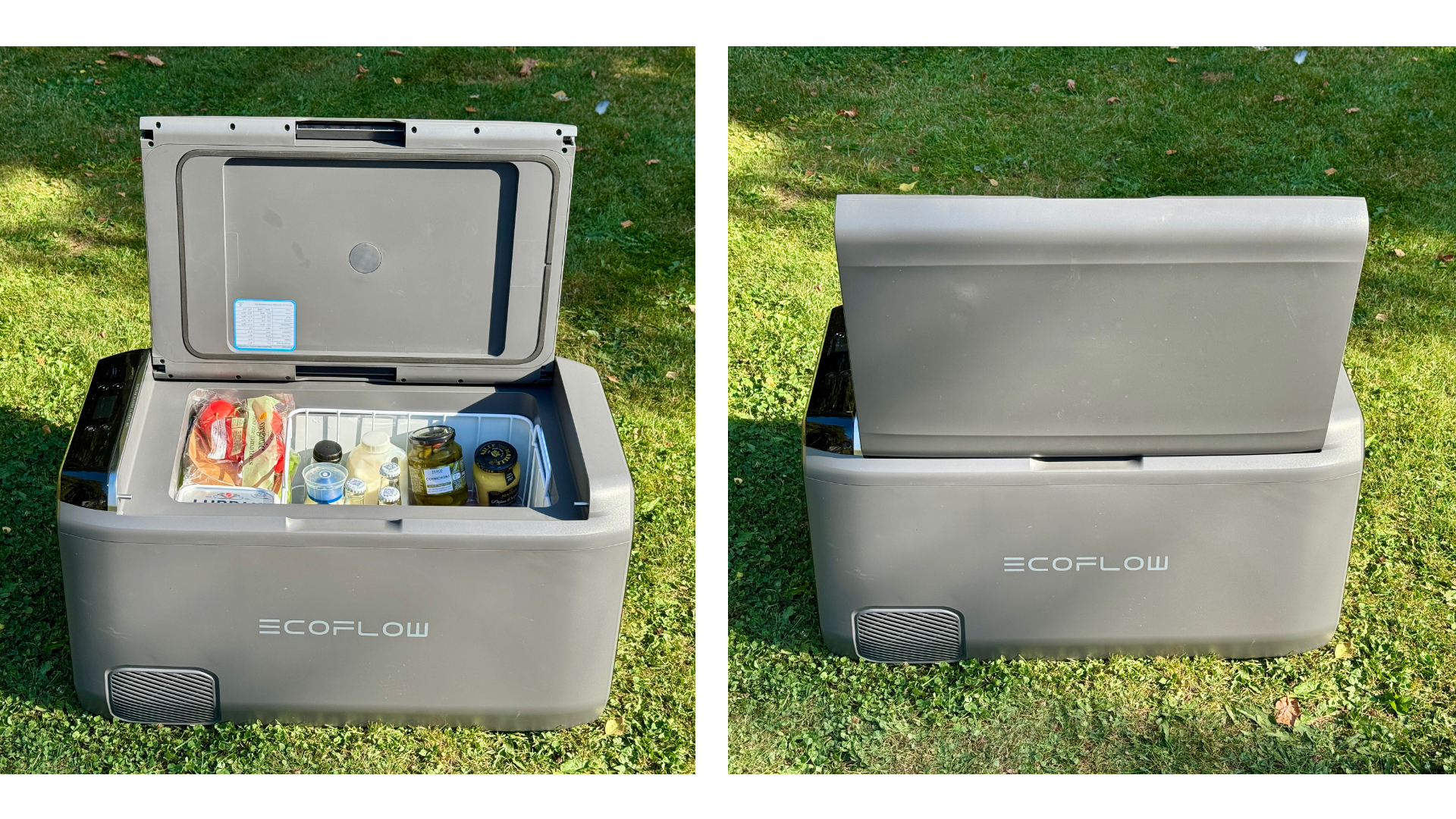
Let’s take a look at the lid on this thing, which is strong enough to support a baby rhino. The problem with most fridges and passive cooler boxes is that their lids open only on one side, and this can be really awkward if the cooler is in a car and positioned in the wrong orientation.
By contrast, the Glacier Classic’s ingenious lid can be unlatched and opened from either side of the unit and even entirely removed by activating both latches at the same time. This is a brilliant innovation that you will really come to appreciate.
Like any compressor fridge or fridge/freezer, the Glacier Classic comes with two ventilation ports, so be sure to keep these clear when packing it into the car so it can properly breathe while it's functioning.
Refrigeration system
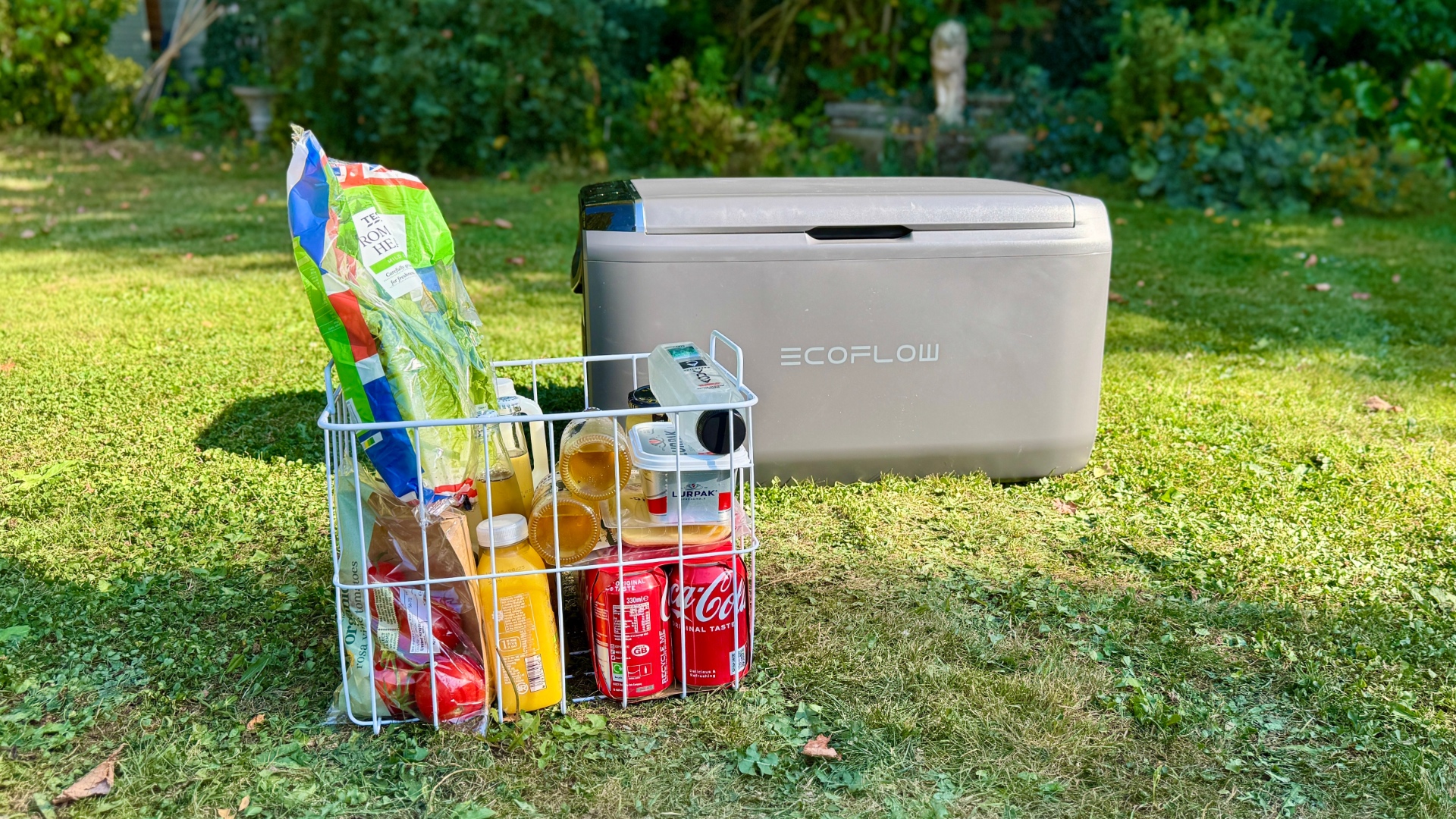
Where many compressor coolers can only refrigerate food, which, let’s face it, is the main reason why you’d buy an outdoor fridge like this, this model can also freeze food down to -20˚C. That’s the same temperature as a standard home freezer.
Granted, having the capacity to freeze products isn’t essential for most camping requirements, but it’s certainly worth having on board if you plan to save any meat for consumption later during your stay. A portable freezer like this is also a godsend for any long-drive grocery runs involving frozen produce like ice cream, frozen fries, peas and bags of ice.
According to the stats, the Glacier Classic’s temperature accuracy in Max (i.e., normal) mode is ±1°C and between 2 °C and 3°C in Eco mode. It can also operate in ambient temperatures of between -10°C and 50°C. That’s 10 to 15˚ hotter than the interior of most tents during a summer camping trip in the south of France.
On average, this model consumes between 35W and 47W, depending on the load being applied to the compressor at any one time (the stats state refrigeration (4°C) at 165wh/24h and freezing (-18°C) at 520wh/24h).
In the grand scheme of things, that’s a pretty negligible amount of power consumption for a portable fridge/freezer of this size and perhaps one of the main reasons why some modern portable camping fridges and freezers are able to run on their own internal Lithium Ion batteries instead of just mains or 12v direct current.
Power options
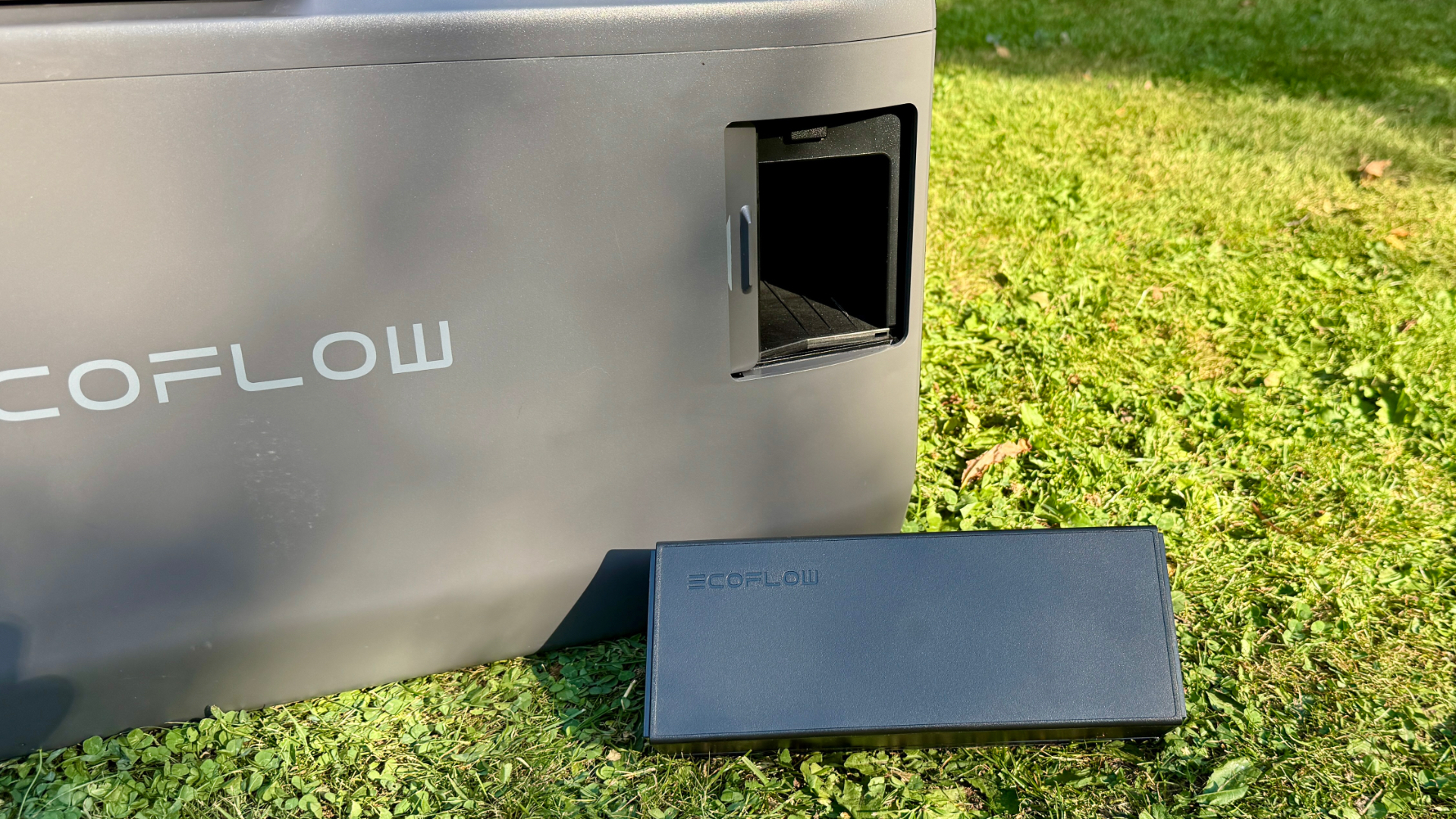
Modern Lithium battery tech has opened the door to a myriad of outdoor uses, from portable power stations that can power almost anything within their respective maximum wattage output to, in this case, portable refrigeration.
Instead of building a battery into the unit, EcoFlow opted for a removable system that can be charged in the unit or on a desktop using the battery's USB-C port. The only caveat is that the battery needs to be purchased separately or as part of a deal, and at £299, it’s not cheap.
However, given that the Glacier Classic is currently retailing at just £629 with the battery and £599 without, I would definitely take advantage of this whopping £269 discount and include the battery before heading to the checkout.
According to Ecoflow, the battery weighs 1.8 kg and delivers 298Wh with a life of 800 cycles to 80%. If it’s anything like the company’s power stations, this battery’s chemistry is likely to be of the LiFePO4 variety, which is considered much more robust and therefore safer than standard Lithium Ion.
Ecoflow states a whopping 43 hours (1.8 days) of cooling from this battery in Eco mode, and I can’t argue with that because it actually continued to function beyond that period in my test, while some users have managed to eke almost 50 hours of cooling out of it.
The battery can be charged while plugged into the Glacier Classic or removed and charged on a desktop using its 100W USB-C input. The same USB-C port can also be used to power your mobile devices, whether the battery is plugged in or not.
You have four primary methods to power this cooler: AC mains, a 12V cigarette lighter socket using the supplied cable, a solar panel up to 110W or the optional on-board battery. Its low wattage also makes it perfectly suited for use with almost any portable power station.
Plenty of options, in other words, to keep it going for a very decent stint away from home, whether it’s camping, a picnic, at the beach or a festival, or used at home as an emergency backup freezer during a power outage.
Ecoflow app
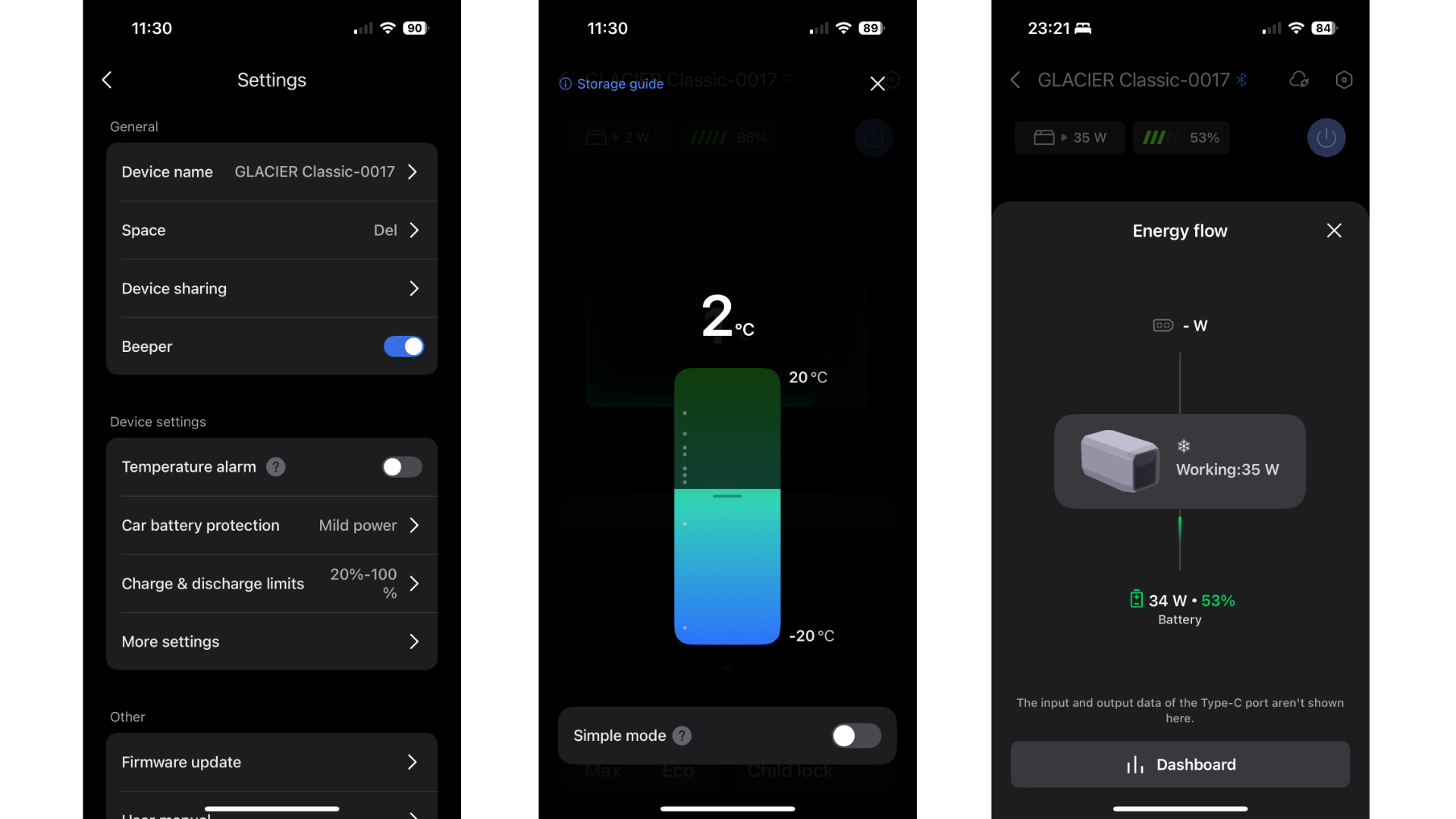
I’ve been using the EcoFlow app on a fairly regular basis since reviewing the EcoFlow River 3 UPS mini power station, and I’m inclined to believe that it’s arguably the most informative and illustrative app on the power station market right now. As expected, the Glacier Classic seamlessly synced to the app in a thrice with no false dawns or restarts, and it’s been rock solid ever since.
Aside from a good tranche of configuration settings, what I mostly love about this app is the attractive way in which it presents the data using a series of animations. Also, changing the temperature in the Glacier Classic is simply a case of using a finger to slide a bar up and down to set your preferred temperatures, whether it’s 3˚C for refrigeration or -19˚C for efficient freezing. In the pantheon of device apps, this one rocks.
Performance
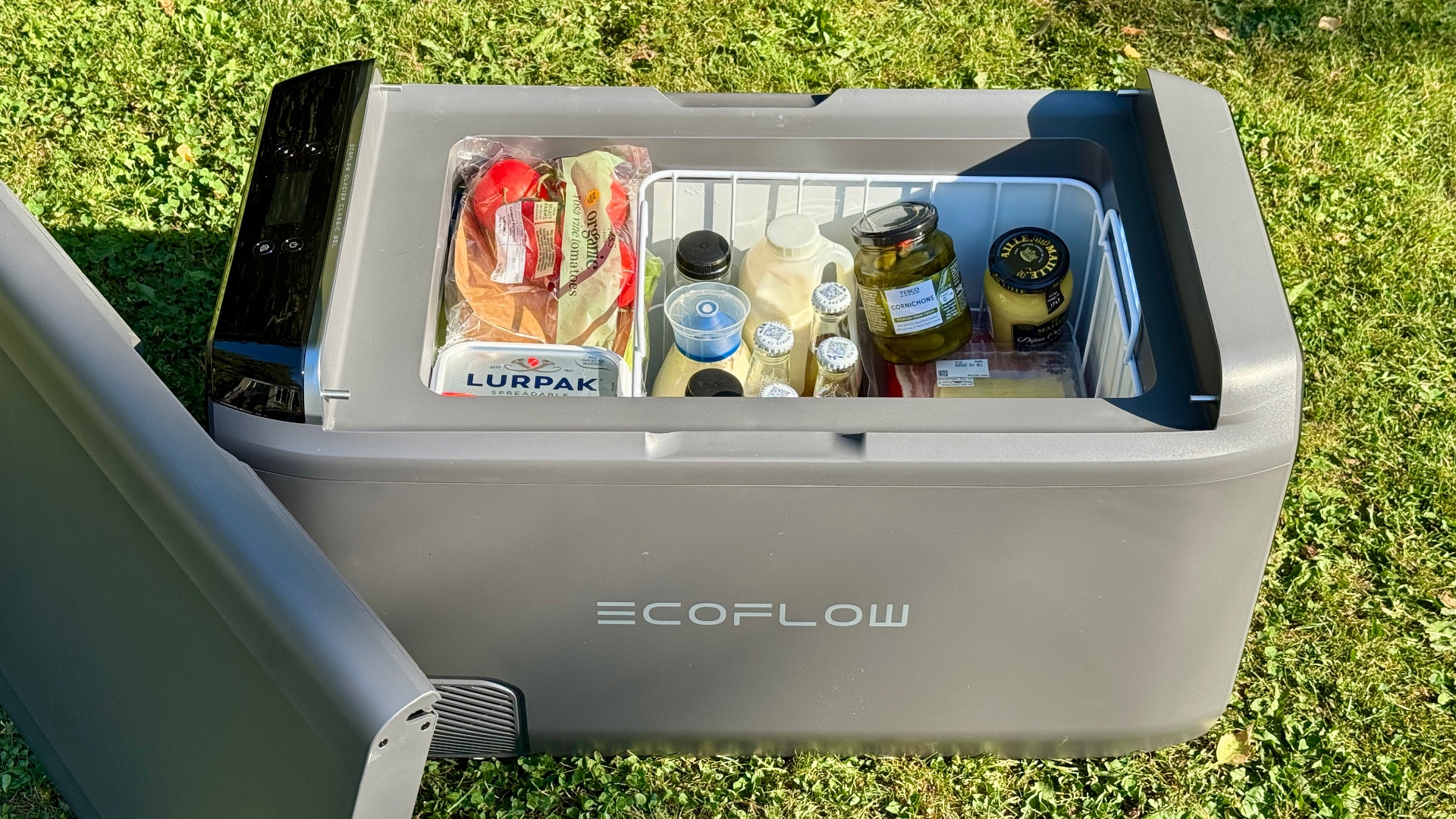
Ecoflow has clearly done its homework because the Glacier Classic is a stupendous performer that’s brilliantly well designed and so easy to use, especially with the accompanying app.
I tried the unit’s Eco mode for my main test and managed to eke nearly two full days out of it when stored in the shade during a rare UK heatwave. In fact, about 45 hours had elapsed when I ended the test – two hours longer than the stated duration.
Indeed, it would likely have run for an hour or two longer had my partner and I not removed half the contents during both days, thereby lowering the thermal mass. Likewise, every time we opened the lid for something and let warm air in, the compressor had to kick in to lower the temperature again.
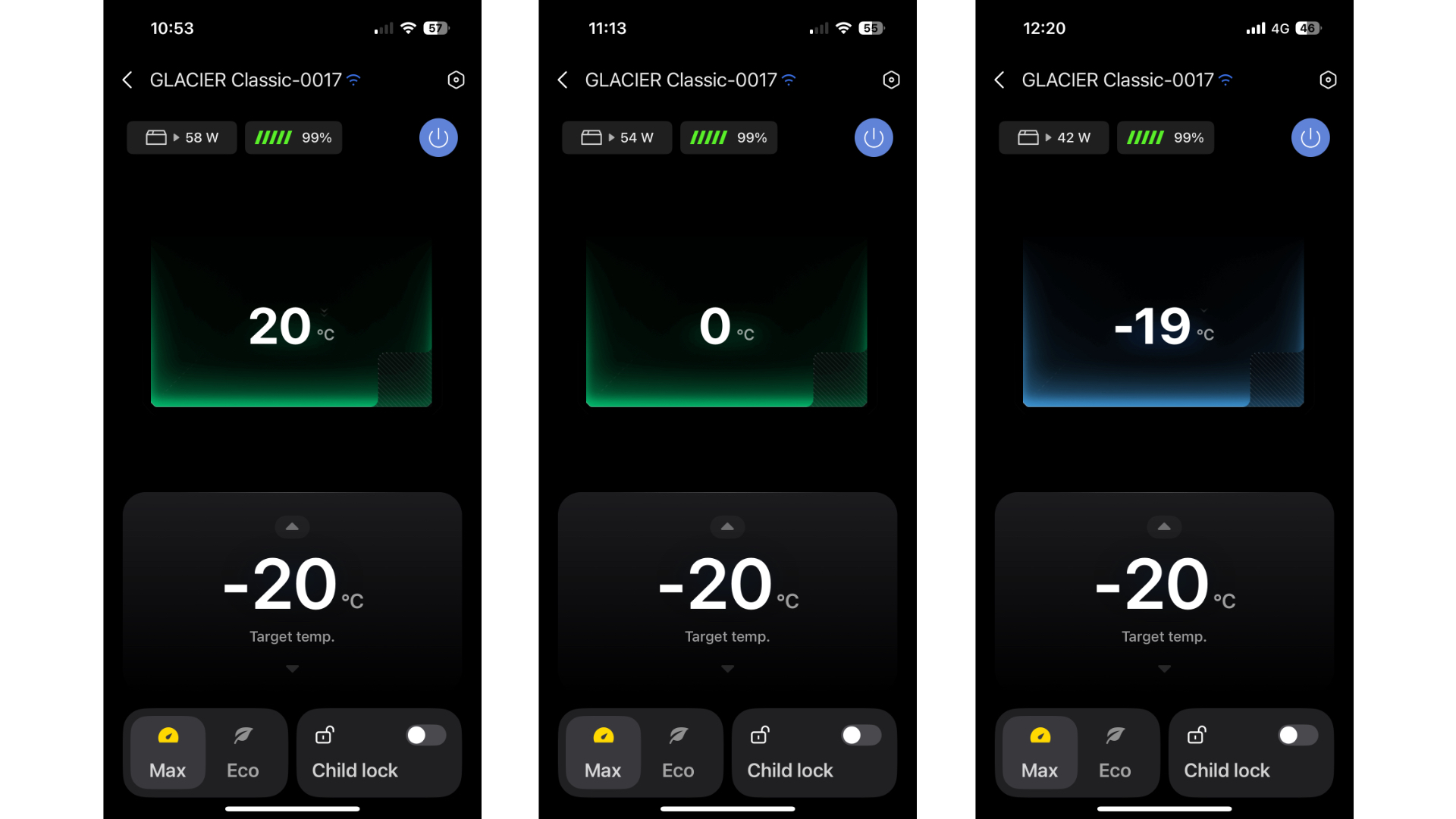
I then ran a live indoor test to see how fast this cooler went from 20˚C to 0˚C freezing point, and it took just 20 minutes – that’s one degree a minute!
Admittedly, it did take a lot longer to get the temperature from 0˚C to -18˚C (exactly 56 minutes) and 11 more minutes for it to reach -19˚C. I have never actually seen it achieve the advertised -20˚C, though it may have at some point when it was left overnight. But, hey, what’s one degree between friends?
During my tests, there were some small fluctuations in temperature, but this seemed to happen more frequently when there weren’t many items in the cavity. This is quite a common anomaly with portable fridges and freezers, but not something you need to be overly concerned about. All you need to know is that any slight temperature anomalies are usually pretty insignificant and have little bearing on the quality of its chilling ability.
Verdict
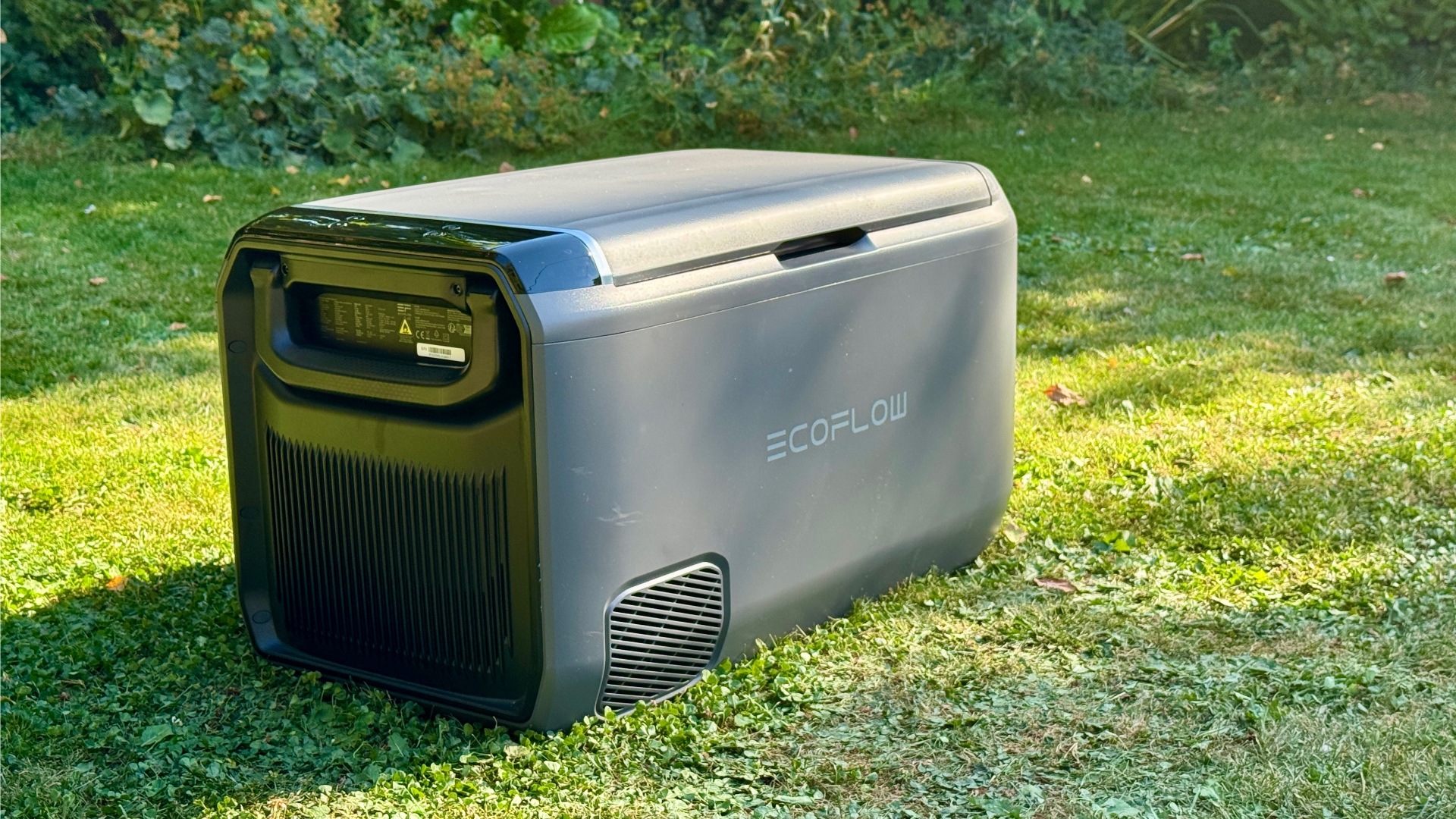
The EcoFlow Glacier Classic redefines what a portable cooler can be. Instead of relying on ice, it uses a built-in compressor system to act as both a fridge and freezer, offering consistent cooling and more usable space for supplies. With the optional battery, this cracking cooler delivers over 42 hours of reliable off-grid performance, making it a highly versatile option for remote location use. While its price point, size and carrying weight are higher than traditional cool boxes, the efficiency and convenience this beast brings to the picnic table make it a compelling choice for any serious outdoor enthusiast.
Derek (aka Delbert, Delvis, Delphinium, Delboy etc) specialises in home and outdoor wares, from coffee machines, white appliances and vacs to drones, garden gear and BBQs. He has been writing for more years than anyone can remember, starting at the legendary Time Out magazine – the original, London version – on a typewriter! He now writes for T3 between playing drums with his bandmates in Red Box (redboxmusic).
You must confirm your public display name before commenting
Please logout and then login again, you will then be prompted to enter your display name.
